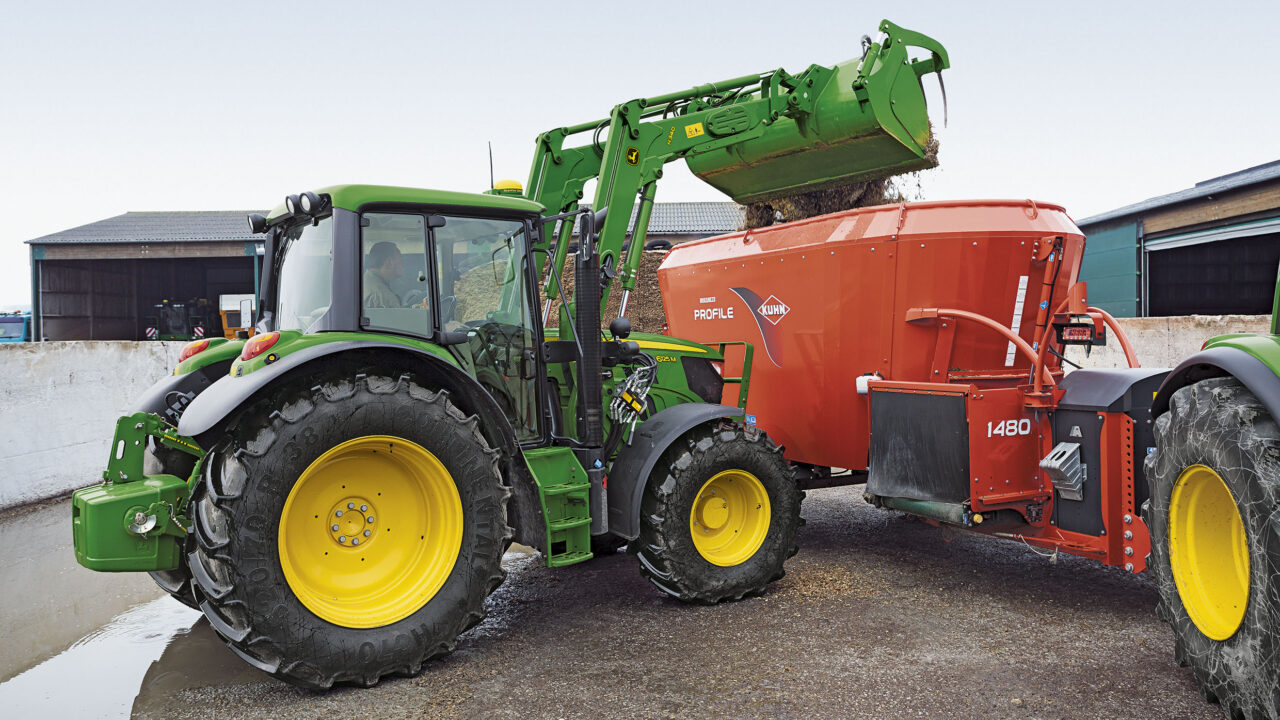Servicing tractors at any time of the year is good practice, while the fuel system remains one of the most important aspects of any engine.
Keeping everything in tip top condition not only makes sure your machinery will last longer but it will also give you better service over the lifetime of the machine.
Over the winter a tractors workload will increase considerably, especially farm yard tractors with front loaders.
These tractors may have only done some topping, moved bales, spread slurry and probably brought the turf home from the bog.
But now they’re back to the front line, feeding cows and keeping yards clean with the majority of this work being done during the dark winter nights in unfavourable weather conditions and temperatures.
All of these factors can lead to problems with your trusty tractor which was working fine during the summer months.
A Tractors Fuel System
The things to look out for on your tractor’s fuel system include, fuel filters, water trap filters and the fuel pump.
One of the key elements in the system is the filters. Without them collecting dirt, debris and water the entire fuel system would fail.
As well as making the engine run, the diesel in the fuel system also lubricates your fuel pump and injectors. Therefore, if the diesel is not looked after it will cause serious problems.
Some systems have water traps along the fuel line as well as filters, all of these require regular maintenance.
The above picture shows a water trap filter that is over loaded with water. When this happens the only place water can go next is the fuel pump.
After that you’re in bother as water reacts with the fuel it will turn to slime.
It is advisable that farmers pay close attention to these water filter traps if they are on their tractor and to clean them regularly.
This simple exercise could prevent much more serious problems from happening.
Meanwhile, most tractors now have an electric fuel pump on the fuel line to supply the diesel to the main injector pump and help bleed the system.
These electric pumps make bleeding the system much more straightforward, while most electric pumps will run when the ignition is turned on. So if you don’t hear it running it won’t bleed the system.
An electric fuel pump is usually positioned over one of the fuel filters and there will be a bleed screw on one of those filters.
In order to bleed the system, the plastic bleed screw must be opened and then you must wait for the air to pass out and the fuel to flow through.
After all the air has passed through the fuel system you should be able to start the tractor.
These easy to follow maintenance tasks represents the basics for servicing the fuel components on a tractor.
It is very important to make sure a tractors fuel system is in proper working order, otherwise the tractor could let you down as you try to feed livestock on some dark morning or evening.
By Stephen McEvoy, Mechanic at WR Shaw






